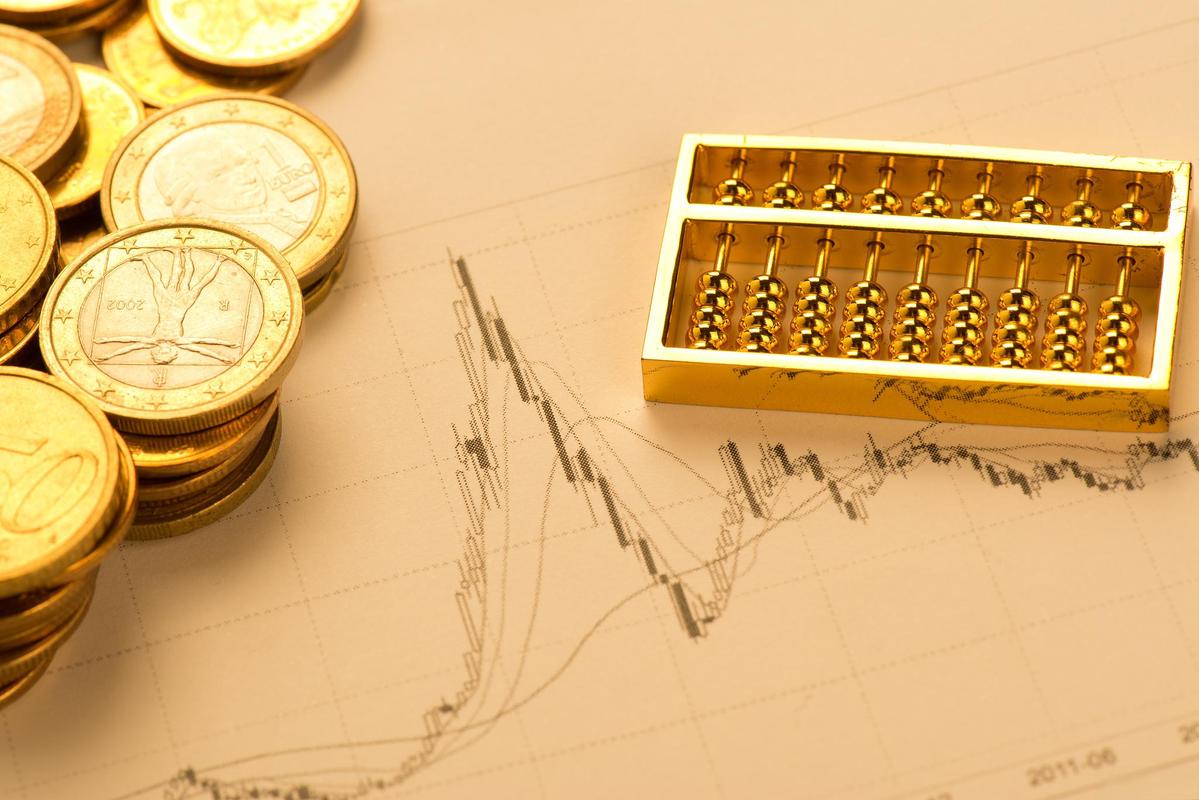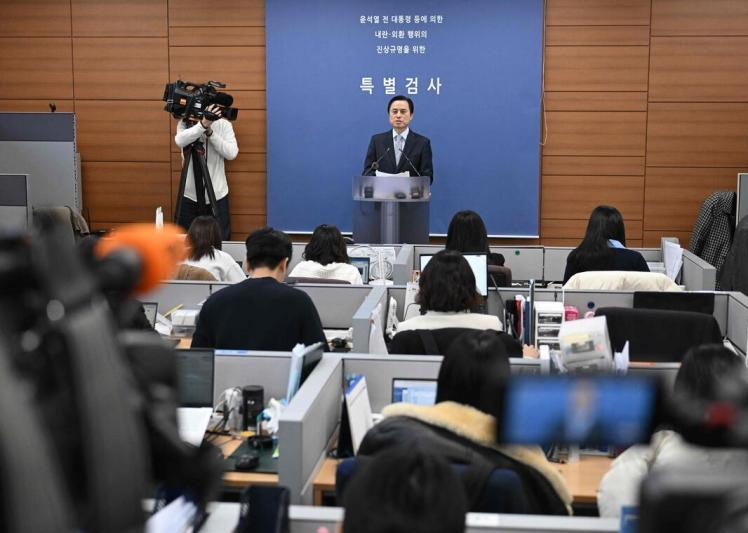
After Federal Reserve Chairman Powell issued a dovish signal, market expectations for a September rate cut sharply increased. San Francisco Federal Reserve Chairman Daly hinted that interest rates may be adjusted at every policy meeting starting from September, a statement like a giant stone thrown into a calm lake, causing ripples in the financial market. Affected by this, the financial market quickly reacted, and different commodities have significant differences in their response to interest rate changes due to their own attributes. Among them, commodities such as copper, silver, and gold, which are sensitive to the Federal Reserve's policies, are expected to rise in price, and a deep transformation of the financial market is quietly unfolding.
Powell pointed out that the US labor market is in a "peculiar balance" state, and behind the surface balance is the reality of a significant slowdown in both supply and demand. The risk of employment downturn is increasing, and once the risk erupts, there may be a surge in layoffs and rising unemployment rates. From historical data, the multiple rounds of interest rate cuts that the United States has experienced since 1982 were mostly initiated when the economy faced significant downward pressure. At present, the July non farm payroll data in the United States is lower than expected, and the unemployment rate has risen to 4.2%, which has become the key basis for Daly's call for interest rate cuts. The Federal Reserve's interest rate cut aims to stimulate business investment and household consumption by reducing borrowing costs, in response to the risk of economic downturn. Although interest rate cuts may exacerbate inflation, the current upward risk of inflation has weakened, while the downward risk of employment is more prominent, making interest rate cuts a reasonable policy choice.
Gold, as a traditional safe haven asset, is extremely sensitive to changes in interest rates. The real interest rate is a key factor affecting the price of gold, which is equal to the nominal interest rate minus inflation expectations. When the Federal Reserve cuts interest rates, nominal interest rates decrease. If inflation expectations remain stable and real interest rates decrease, the opportunity cost of holding gold decreases, driving up gold prices. After Powell's signal of interest rate cuts, spot gold prices briefly hit $2525. Despite a subsequent plunge due to the strengthening of the US dollar index and traders taking profits, they ultimately closed up 0.23% at $2517.68 per ounce, fully demonstrating the market's optimism towards gold. In the long run, the unstable global geopolitical situation and the continued buying of gold by central banks around the world will be favorable for gold prices. Against the backdrop of increasing global economic uncertainty, gold, as a core asset allocation, will further leverage its safe haven nature and maintain a bullish mindset in the long run.
Copper is regarded as an "economic barometer" and highly sensitive to global economic growth expectations. Raising interest rates will suppress economic activity, weaken key downstream demand such as construction, manufacturing, and power equipment, and have a negative impact on copper prices. On the contrary, interest rate cuts can stimulate economic growth, increase industrial demand, and drive up copper prices. Against the backdrop of rising expectations of interest rate cuts by the Federal Reserve, market expectations for economic growth have improved, driving an increase in copper demand. At the same time, copper's financial properties make it sensitive to the trend of the US dollar, and fluctuations in the US dollar index directly affect copper prices. With the expectation of interest rate cuts continuing, copper prices are expected to experience an upward trend.
Silver has both industrial and safe haven properties, and its price trend usually follows gold, but its volatility may be greater. Under the expectation of the Federal Reserve's interest rate cut, silver benefits from the safe haven demand brought about by the decrease in real interest rates, while also being boosted by the expectation of industrial demand recovery. From an industrial perspective, silver is widely used in fields such as electronics and photovoltaics. With the gradual recovery of the global economy, industrial demand is expected to increase. At the same time, interest rate cuts have lowered financing costs, which is beneficial for enterprise production and investment, further promoting the demand for silver industry. From a safe haven perspective, similar to gold, silver's safe haven properties will also be partially utilized in the face of increasing global economic uncertainty. Therefore, under the expectation of interest rate cuts, silver prices are expected to rise, and the volatility may be significant, providing potential opportunities for investors.
Despite the market's high expectations for interest rate cuts, there are still many challenges ahead. Inflation stickiness is an important issue, and if the Trump administration's tariff policies lead to an increase in imported commodity prices, it may exacerbate imported inflation and affect the effectiveness of interest rate cuts. In addition, the Trump administration's attempt to intervene in the independence of the Federal Reserve may also increase policy uncertainty, weaken market confidence in policy continuity, and exacerbate market volatility. The economic data of the United States will also be an important factor affecting the market. If future non farm employment data continues to deteriorate or inflation data rebounds beyond expectations, it may affect the Federal Reserve's interest rate cut decision and have a significant impact on the financial market.
The expectation of the Federal Reserve cutting interest rates has brought new opportunities and challenges to the financial market. During the interest rate cut cycle, investors need to closely monitor market dynamics and allocate assets reasonably to cope with various possible situations. For the commodity market, commodities such as gold, copper, and silver will become the focus of investors' attention due to their sensitivity to interest rates. However, investors also need to be alert to potential risks such as inflation rebound, policy uncertainty, etc., in order to make wise investment decisions.

YTN TV of South Korea reported on Tuesday (December 16) that the South Korean court plans to make a ruling on the charges of former President Yoon Suk Yeol for obstructing justice on January 16, 2026.
YTN TV of South Korea reported on Tuesday (December 16) tha…
On December 7, a new round of intense military conflict bro…
Recently, US media disclosed that the Pentagon is planning …
From three launch failures and a brush with bankruptcy to n…
Recently, a major piece of news has emerged in the US polit…
Against the backdrop of the Federal Reserve's third rate cu…